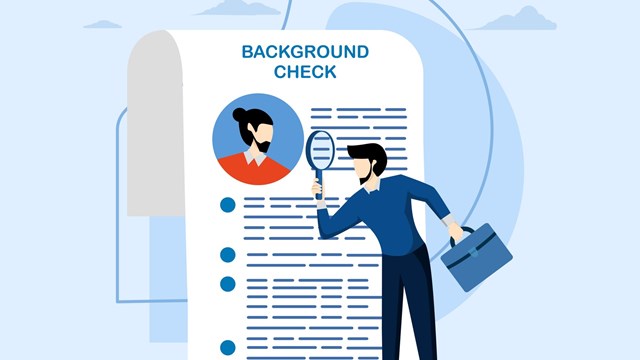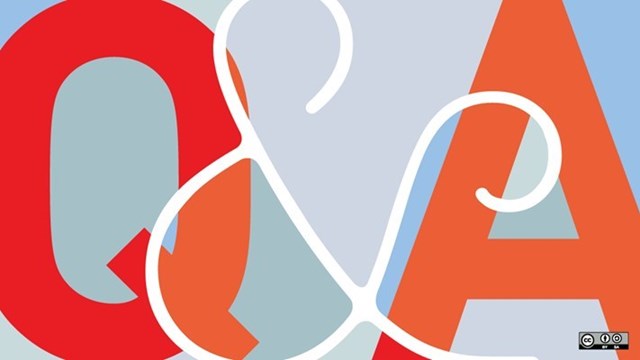
In any business—whether it's a flower shop or a gas station—there are those who have more dollars to work with, and those who have fewer. It's the same for co-ops and condos. New York is home to a seemingly endless variety of residential buildings, from four-unit boutique co-ops with apartments selling for eight figures to more modest buildings with 40 units going for six figures apiece. Some buildings receive government subsidies, some are involved in federal funding programs. Still others have former U.S. presidents—or Hilton sisters—living in their penthouses. Up and down, from the highest financial peaks to the valleys below, charting the financial differences between the thousands of co-ops and condos in the five boroughs can be dizzying enough to require a few doses of Dramamine.
Knowing that every structure is different, the real question becomes, how do these buildings tackle the financial issues that each and every co-op and condo must face? From underlying mortgages to renovations and repairs to taxes, do higher income buildings really have a clear advantage over their less affluent counterparts, or are the differences not that different after all?
Contributing to the Greater Good
When it comes to assessments, it seems like the chasm between haves and have-nots might be fairly deep. Surely, a board can raise more revenue from a building full of hedge fund analysts than a building full of middle-class families.
"Properties with residents in the highest income brackets have the greatest financial ability to 'tax' for the financial needs of a property," says Jay Novet, founder of Budget Saving Strategics in Great Neck. However, "limits exist for going back to the well too often for assessments to increase the reserve fund or [address] higher maintenance costs."
Relying on the ability to increase assessments whenever and wherever necessary can get a board in trouble, though. "Regardless of income, human history has repeatedly illustrated that everyone hates taxes," Novet says. "Residents will simply toss aside the offending board and/or property manager" if they feel they are being over-assessed.
So, just because there may be deeper shareholder pockets in a high-income, luxury co-op building, boards in those types of communities cannot look at their fiduciary responsibilities any differently than they would in a building where those assets might not exist.
Which leads to the question of reserve funds. In a wealthier building with an array of high-end amenities and optional services, there's flexibility in a time of emergency. Say an expensive emergency roof repair must be made. "If you have an upper or middle class building, you can cut back on luxuries in order to pay for basics," says Mark Shernicoff of Zucker & Shernicoff CPA in Manhattan. "In a building with lower median income, you have to make sure there's a reserve fund or the ability to borrow."
While it might seem like a wealthier building would automatically have a robust reserve fund, that's not always the case.
"The reserve fund often depends on the age and condition of the building - and the age and condition of the shareholders," Shernicoff says. "The very wealthy want to invest in themselves. A lot of those buildings on Park Avenue don't have reserve funds. In those buildings, if you have 20 units and you need $200,000 to make a repair, each unit owner just writes a $10,000 check. The reserve funds [are based] on the ability of the shareholder population to run the building."
A $10,000 Check?
For buildings without that kind of Park Avenue financial flexibility, it becomes imperative for building boards to be even more prudent in their planning. Boards and management must solicit careful reserve studies, determining what repairs need to be made when, and how much must be set aside to cover those costs. They must then make some big decisions about investments and assessments to pay for those future expenses.
For buildings that have difficulty mustering adequate reserve funds, the ability to borrow is a high priority. According to the pros, for a number of limited equity buildings, borrowing to make repairs or renovations is the common way to go.
A number of factors play into whether borrowing is a piece of cake for a building, or something that will probably involve some rending of garments on the part of the board members. The first fact is the underlying value of the building. Is it worth enough to cover the value of the loan? Then the ability to repay must be considered.
"A bank wants to see security," says Shernicoff. "They don't want to foreclose." They also want to see that the residents can cover the added expense of loan payments. "The co-op must be willing to increase the carrying charge and maintenance fees to cover the repayment." Some banks also might require a balanced budget for the building in each year of the loan's existence. And, on the less dollar-oriented side of things, it helps to have a good relationship with the bank. A long history of solid payments and fuss-free lending can go a long way toward making future loans and financial arrangements far more pain-free.
For buildings that are part of state or local subsidy programs, additional financial options are available to assist with renovations and repairs. That includes buildings that are part of the Mitchell-Lama program, which began in 1955 for the purpose of creating affordable housing for middle-income families. Over the years, as those buildings faced renovations, repairs and upkeep, many were unable to keep up with added expenses without raising fees on their residents, many of whom were older and without means. Recently, a new concept was put into play to try and alleviate those issues.
"The concept is based on a reverse flip tax," says Novet. "Newly entering residents will pay premiums to buy the government-subsidized, low-priced shares. The cash flow from these premiums is being seen as a creative 'taxing' mechanism. Until the reverse flip concept was enacted and approved, their financing options were minimal except for resident assessments. The challenge was that a significant percentage of residents are elderly on fixed incomes. It meant younger residents had to shoulder larger assessments than necessary to make up for what seniors were unable to pay."
Programs such as these help level the playing field at least a bit between more affluent and less affluent co-op and condo communities.
Taxes and Abatements
Taxes are a sore subject no matter what a building's income level. Lower- and middle-income buildings can take advantage of significant tax relief through the J-51 program, which offers tax incentives for significant renovations or even conversions, says Rob Mercker of Mercker Advisory Services in Port Washington. These incentives come in the form either of tax abatements or tax exemptions, depending on the type of work being done.
Although there is a long list of requirements to qualify for abatements or exemptions, some of the restoration and repair projects that are eligible in a middle or lower-income building include alterations to conserve energy, alterations done for safety reasons and the replacement of four or more building systems. According to Mercker, eligibility for the abatement program is not determined by the income or financial abilities of its residents, but rather on past sales prices. "It's a per room charge based on Fannie Mae mortgage loan units," he says. "These change every year." So a building that may be eligible one year may not qualify 10 years later.
Programs such as J-51 and the Mitchell-Lama program are not the only options out there. "There are a lot of different tax programs for limited equity buildings," says Shernicoff. Taking advantage of them requires a knowledgeable, experienced accounting professional or consultant who can help you navigate the various programs and determine which one—or which combination—is most appropriate for your building.
Preparing for the Future
For a board looking to make the best financial decisions for its building, the question of investments can be an important one. Do buildings with higher incomes fare better than those with less? As with all things, it depends. It might be more difficult to attract quality investment services for a building with less money to put on the table. "Just like in the personal world, if you have a portfolio of $1 million, you might be more likely to get a phone call returned from a lender than if you're just working with $10,000," says Mercker.
It might depend on a building's board member profile as well. A building full of stockbrokers might be more apt to assemble an aggressive investment portfolio than a building brimming with schoolteachers and writers.
That aggression doesn't always pay off, though. "The chief strategy should be preservation of capital," says Shernicoff. "People give money to the board to replace a roof, not make a killing in the stock market. Investments should typically be CDs and treasury securities—things that are very low risk." And that's true no matter what the building's overall financial picture is.
More affluent or less affluent, it's difficult to make generalizations when it comes to the vast variety of co-ops and condos that New Yorkers call home. Certainly, having more cash flow can ease some burdens, but that's not always the case. Similarly, a building of modest means with a balanced budget, happy residents and a deep reserve fund can be the envy of its wealthier neighbors. The key is to look at each situation differently and to plan, plan and then plan some more to achieve a healthy financial future.
Liz Lent is a freelance writer and teacher living in Michigan.






Leave a Comment